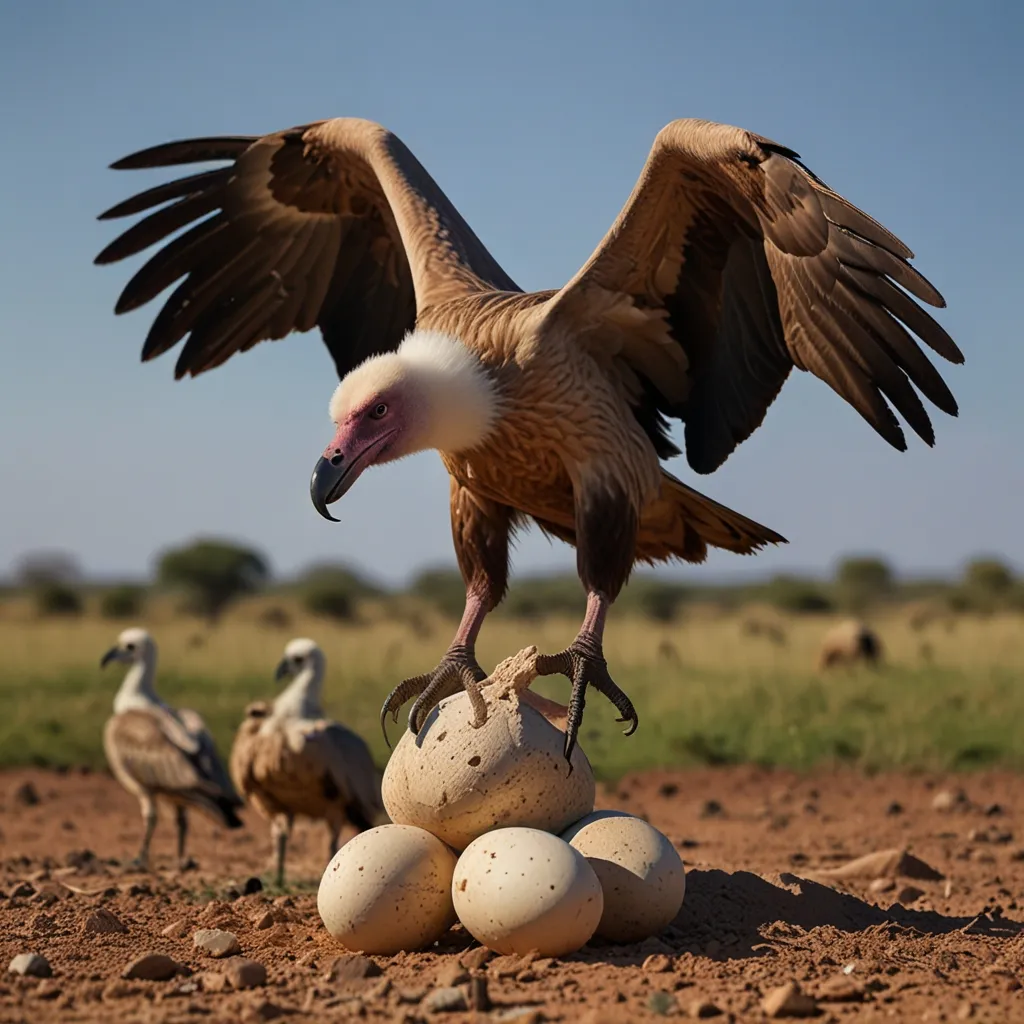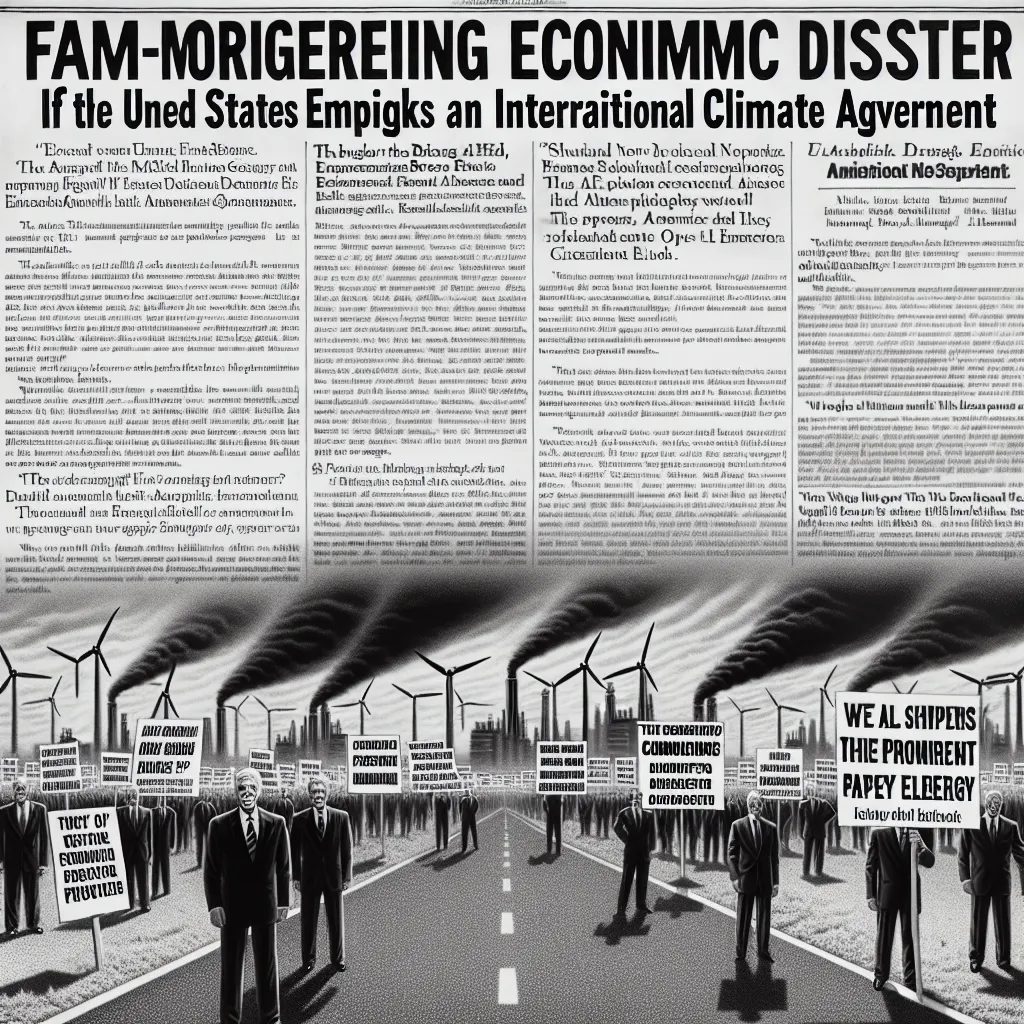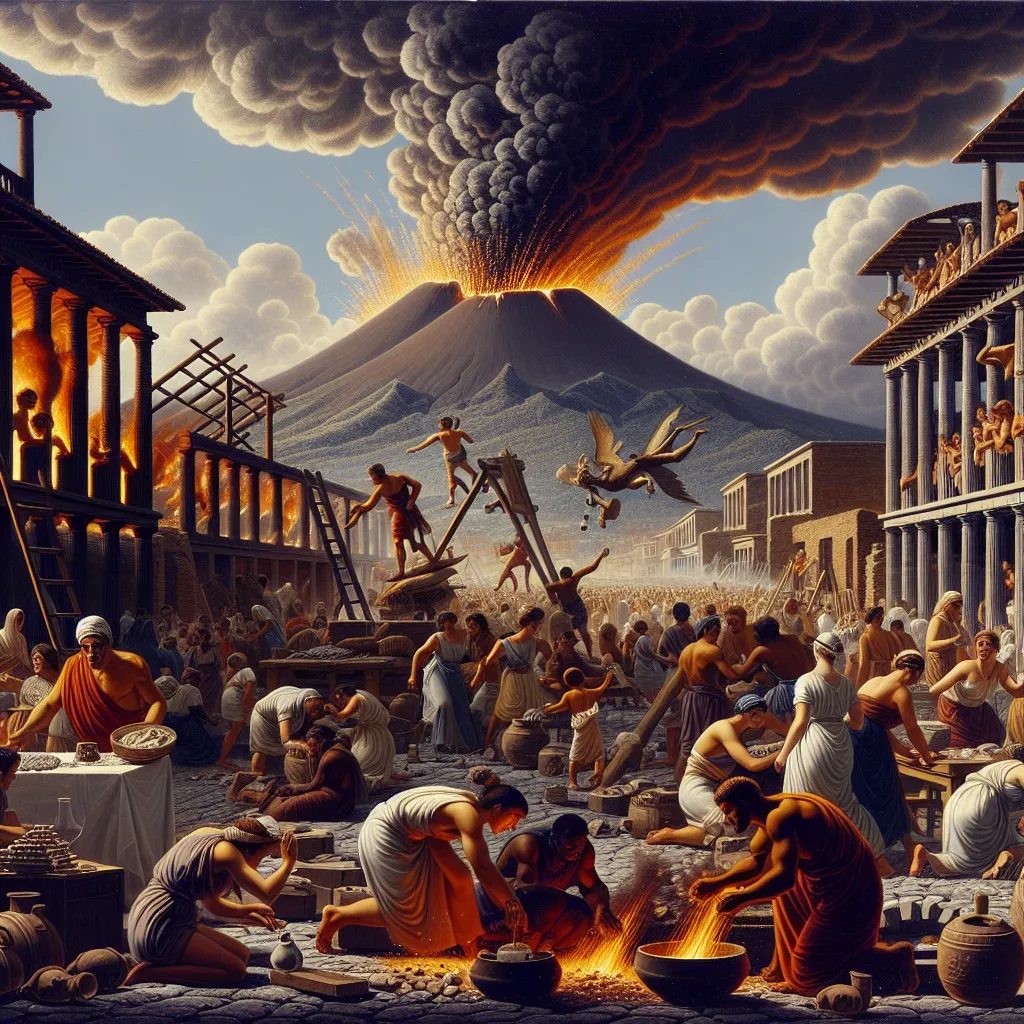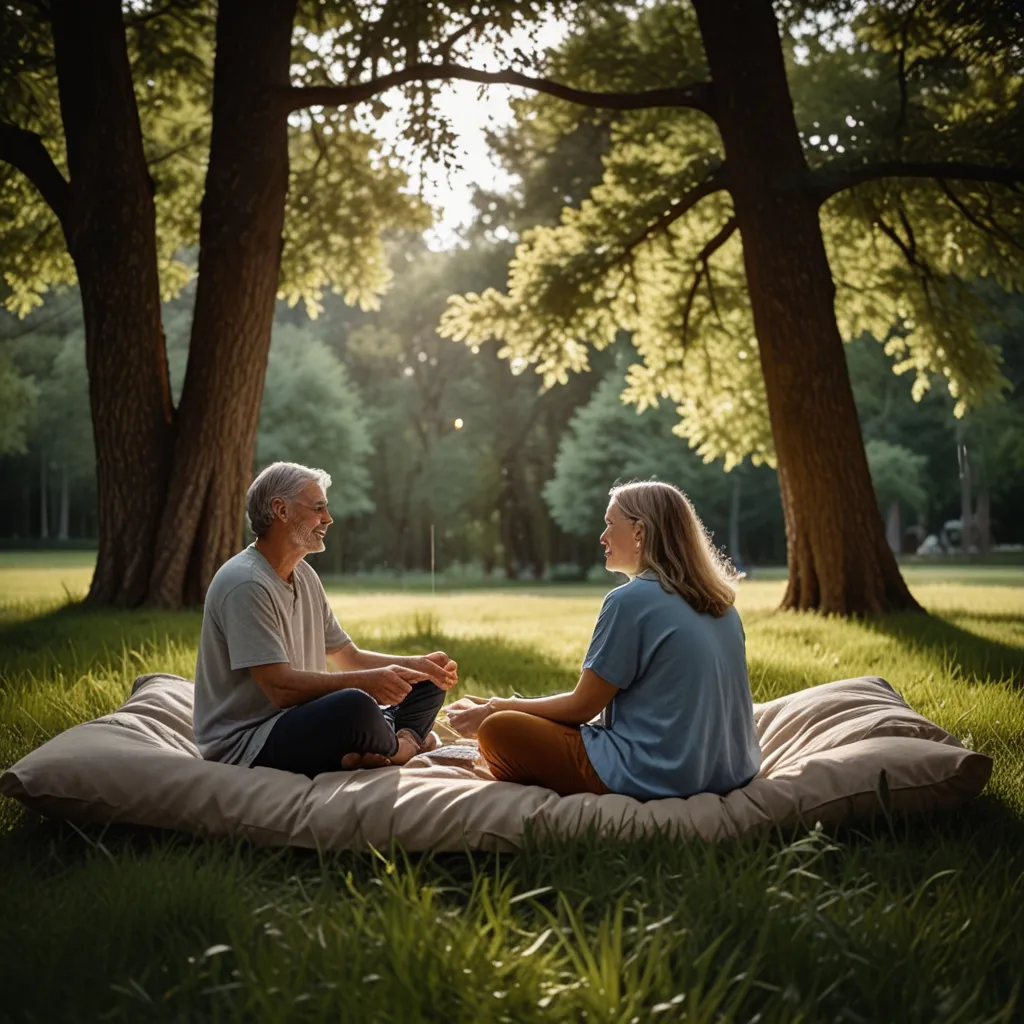In the grassy expanses of Mauritania, a gazelle with tuberculosis takes its final breath near a little watering hole. Its death means potential contamination, but for the desert’s natural cleanup crew, this isn’t a problem—it’s dinner time. The lappet-faced vulture, with its 10-kilogram bulk and almost 3-meter wingspan, claims the role of carcass king. This bird’s powerful beak and neck make short work of tough hides, paving the way for smaller vultures to get their share.
The Egyptian vulture, with a wingspan of only 180 centimeters, finds itself lower in the pecking order after migrating from Portugal. But what it lacks in size, it makes up for with smarts. Spotting an unattended ostrich nest, it uses a rock to crack open a massive egg for a meal. It waits for the bigger vultures to finish and then returns to the gazelle.
High above, Ruppell’s Griffon vultures soar at altitudes over 11,000 meters, spying their fellow vultures to locate the feast below. Their featherless heads help them manage temperature changes and stay clean while they tear into decaying flesh. The carcass is picked clean in hours, preventing any contamination of the water supply. These vultures have evolved incredibly acidic stomachs that allow them to digest diseased meat without falling ill. The mountain-dwelling bearded vulture can even digest bones within 24 hours.
Such strong stomachs protect vultures from live predators thanks to their repulsive vomit and help keep the ecosystem healthy by disposing of pathogens like cholera, anthrax, and rabies. However, man-made threats are a different story. Diclofenac, a drug commonly used on cattle in India, is lethal to vultures. Local customs that avoid eating beef mean these carcasses are left for scavengers, causing a 95% drop in vulture populations since the 1990s. Poachers in Africa also poison carcasses to keep vultures from revealing their locations, with one poisoned body potentially killing over 500 vultures. Currently, more than half of all vulture species are endangered.
Where vultures have disappeared, decay takes three times longer, contaminating water supplies and spreading diseases through rats and feral dogs. This has led to rabies epidemics in places like India, where it claims around 20,000 lives annually.
Thankfully, some places recognize the crucial role vultures play. Conservation efforts, including bans on harmful drugs like Diclofenac and vulture breeding programs, are underway. Innovations like vulture restaurants, where farmers dispose of drug-free livestock, are also helping. With ongoing support, vultures can continue their vital job of transforming death into life and keeping our ecosystems healthy.






